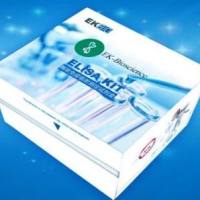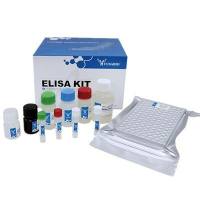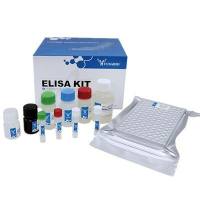Development of Antibodies to Adrenergic Receptors
互联网
546
Adrenergic and other G-protein-coupled receptors (GPCRs) are transmembrane molecules with complex secondary and tertiary organization intended to generate the binding pocket within the transmembrane loops (1 ). Although there are numerous differences in the primary amino acid composition of the various receptor classes, these molecules consist of seven intermembranous hydrophobic cores encompassing half of the molecule. Within the connecting extracellular loops, there is extensive glycosylation in the amino terminus and in the second extracellular loop in some GPCRs, as well as extensive disulfide bridging between the loops (2 ). The intracellular carboxy-terminus is palmitoylated to generate a fourth miniloop (3 ). In addition, the carboxy-terminus and the third cytoplasmic loop are extensively phosphorylated as a consequence of agonist binding (4 ).









